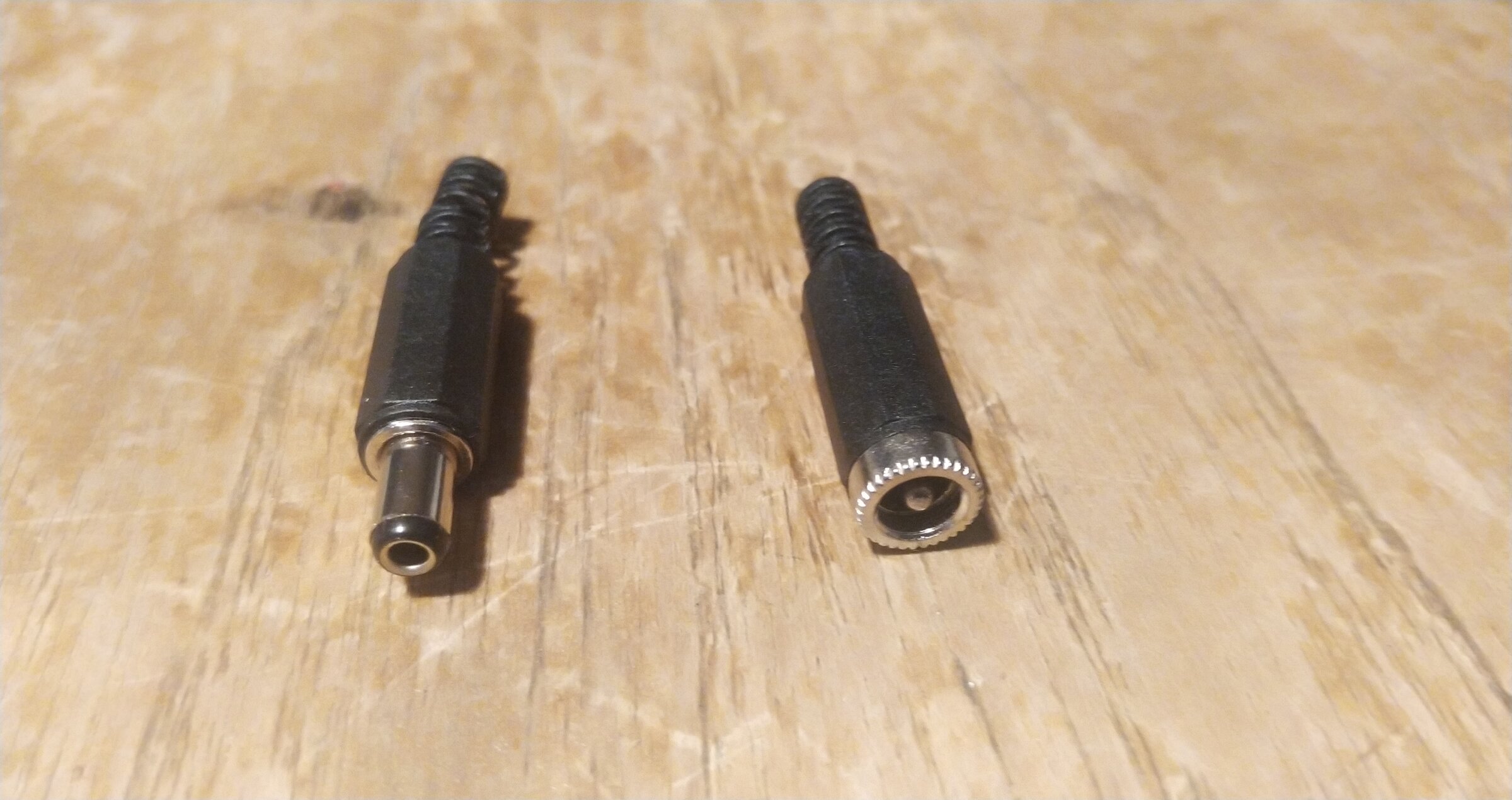- Joined
- 1 Sep 2021
- Messages
- 6
- Reaction score
- 0
- Country

Hi
How can I connect a 12v radio to a 12v leisure battery without damaging it?
I have:
- A 12v radio (Roberts Stream 94i)
- A connector that fits into the radio power socket
- A length of power cable (2 wires)
- A soldering iron
- A 12v leisure battery
- Terminals to connect the wire to the battery
The radio's 12v mains power supply is rated at 2.2 amps. A little diagram on the radio case by the socket shows the power supply connector is +ve on the inside and -ve on the outside.
So I soldered the wire onto the connector, held my breath, and plugged it in. It worked first time!
However, the second time I connected it up, it didn't work. The radio never worked again, so I replaced it.
I guess I got the polarity wrong the 2nd time - the wires were both black and not labeled -ve and +ve.
I though the radio would just draw the power it needed, but maybe the battery amps exceeded the capacity?
Or maybe a combination incorrect polarity and excessive current. i.e. Maybe the radio was protected against incorrect polarity but only up to the recommended 2.2 amps.
A) What do you think went wrong?
b) How can I connect it up while avoiding bricking my radio? Or do I just have to be careful?
Thanks,
Jules
How can I connect a 12v radio to a 12v leisure battery without damaging it?
I have:
- A 12v radio (Roberts Stream 94i)
- A connector that fits into the radio power socket
- A length of power cable (2 wires)
- A soldering iron
- A 12v leisure battery
- Terminals to connect the wire to the battery
The radio's 12v mains power supply is rated at 2.2 amps. A little diagram on the radio case by the socket shows the power supply connector is +ve on the inside and -ve on the outside.
So I soldered the wire onto the connector, held my breath, and plugged it in. It worked first time!
However, the second time I connected it up, it didn't work. The radio never worked again, so I replaced it.
I guess I got the polarity wrong the 2nd time - the wires were both black and not labeled -ve and +ve.
I though the radio would just draw the power it needed, but maybe the battery amps exceeded the capacity?
Or maybe a combination incorrect polarity and excessive current. i.e. Maybe the radio was protected against incorrect polarity but only up to the recommended 2.2 amps.
A) What do you think went wrong?
b) How can I connect it up while avoiding bricking my radio? Or do I just have to be careful?
Thanks,
Jules


